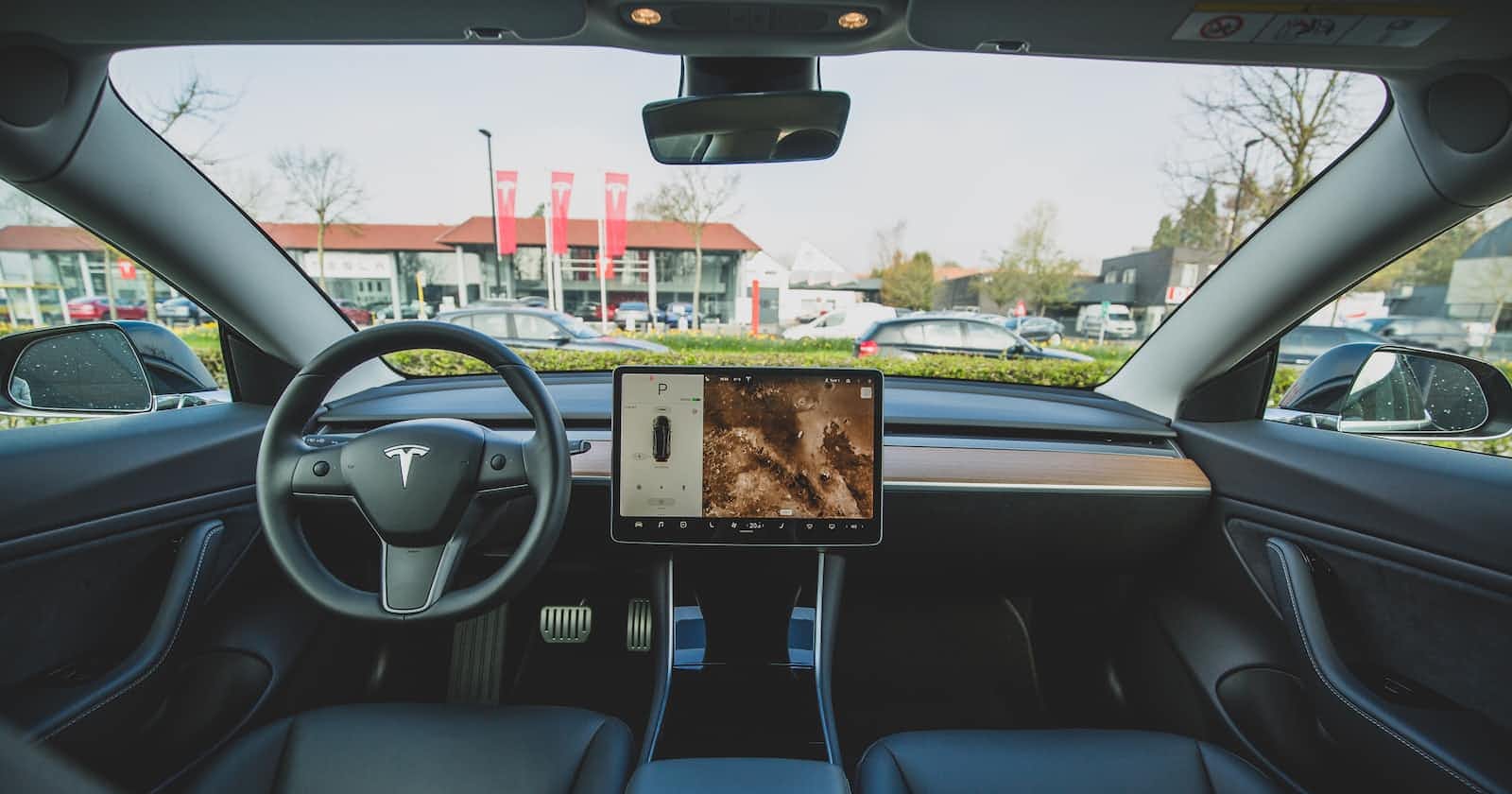I know telling the difference between Tesla models may sound simple. But you need to know a thing or two about each model before jumping to a conclusion. Below is a comprehensive comparison guide for Tesla models.
Tesla Model 3 and S Plaid have some close similarities that make it difficult to tell the difference from a distance. Besides that, some first-time Tesla owners cannot tell the difference between models Y and X.
I had to physically investigate these Tesla models from cargo space, seating capacity, price, and performance to exterior design. These key features helped me distinguish between Tesla models one by one. Let me now dive into the matter:
Size
Seating capacity and cargo space are crucial features that help distinguish between the Tesla models. These features also helped classify Tesla models as either medium sedans or crossover SUVs.
The Tesla Model 3 and S are mid-size sedans, while models Y and X are closely related to the crossover SUVs. These different sizes spell that crossover SUVs have more cargo space and seating capacities than their mid-size sedan counterparts. The table below displays the actual cargo space measurements and seating capacities of each Tesla model:
Model | Capacity | Cargo Space |
3 | 5 | 23 Cubic Ft |
S | 5 | 28 Cubic Ft |
Y | 7 | 76 Cubic Ft |
X | 7 | 88 Cubic Ft |
Cyber Truck | 6 | 100 Cubic Ft |
Exterior Design
The overall car appearance and design help tell the difference between the Tesla models. Some models are closer to the ground with a flat hood than others.
Besides that, each design comes with advantages and disadvantages. Tesla Model 3 has a sedan design, while Model Y has a hatchback SUV appearance.
It spells that Model 3 has a sleek design and sportier outlook than Model Y. On the other hand, model X comes with a tow hitch that can pull up to 5000 lbs. These exterior outlook designs tend to set Tesla models apart. The table below shows the exterior dimension of each Tesla model:
| Tesla Models | Length (Inches) | Width (Inches) |
| 3 | 185 | 73 |
| Y | 187 | 76 |
| S | 196 | 77 |
| X | 198 | 79 |
Pros and Cons of Different Tesla Models
Each Tesla model has its advantages and disadvantages. But the performance and power make these electric vehicles worth investing your money in. Let us now discuss the pros and cons of each model:
Pros of Tesla Model 3
Environmentally friendly since there are no emissions.
Provide an excellent listening experience due to the lack of noise.
Super easy to open and shut the boot by touching the button.
Cons of Tesla Model 3
Susceptible to getting the wrong speed limits.
Challenging to park due to the large turning circles.
Pros of Tesla Model Y
Relatively affordable
Has a large cargo space.
Has an excellent towing capacity of up to 3500 pounds.
Cons of Tesla Model Y
Poor visibility due to sloping roof.
Underwhelming interior finishes.
Pros of Tesla Model S
Superior performance
Excellent mileage range on a single charge
Have low maintenance costs.
Cons of Tesla Model S
Too expensive to acquire.
Less range on highway driving.
Pros of Tesla Model X
Tolerable commuting due to autopilot
Comfortable and spacious interior
Long-range and smart air suspension.
Cons of Tesla Model X
Difficult to negotiate sharp corners.
Provide rough ride quality due to low-profile tires.
I recommend not relying much on the car specifications like range and speed. You may also compare the different variants using the rear-wheel drive and all-wheel drive specifications.
Another best alternative is to visit the Tesla showroom to see the distinction between Tesla models. Telling the differences between Tesla models from pictures could be misleading in some situations.

